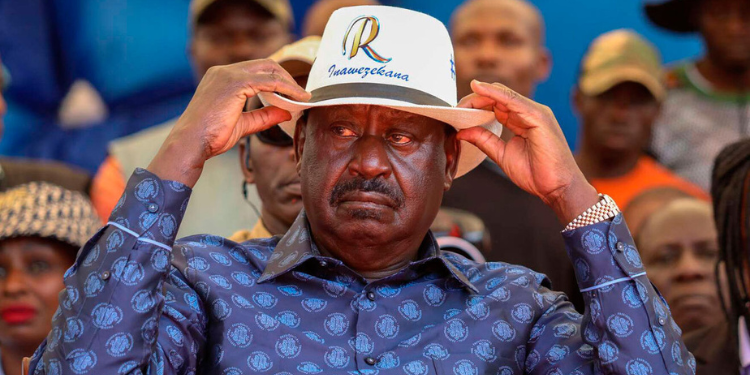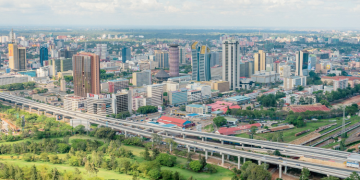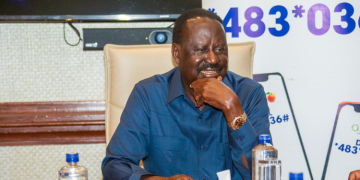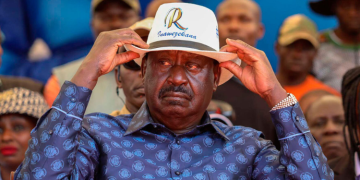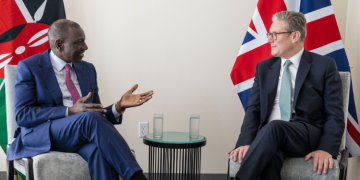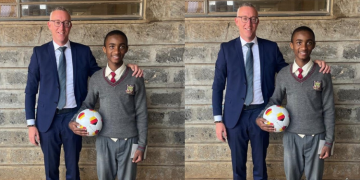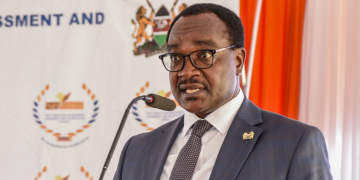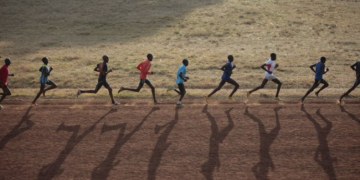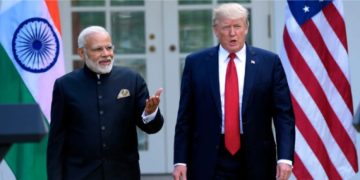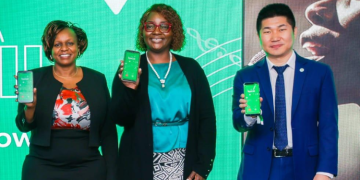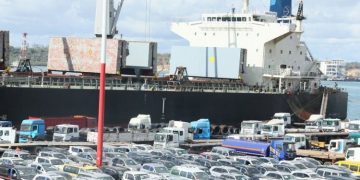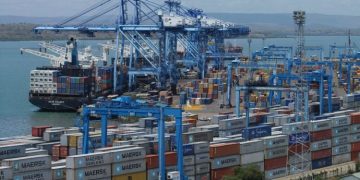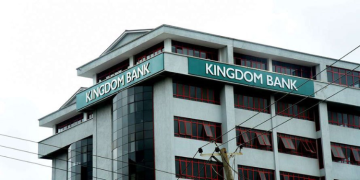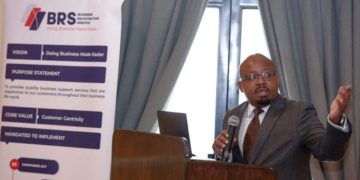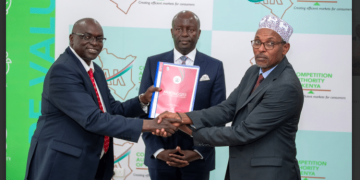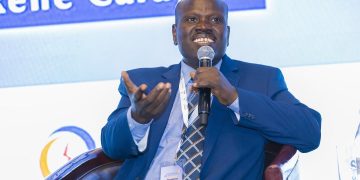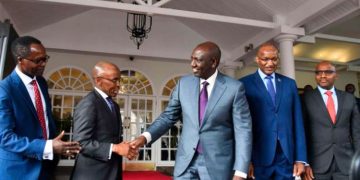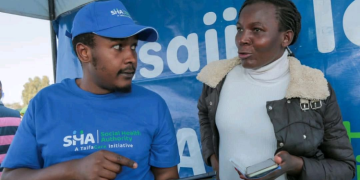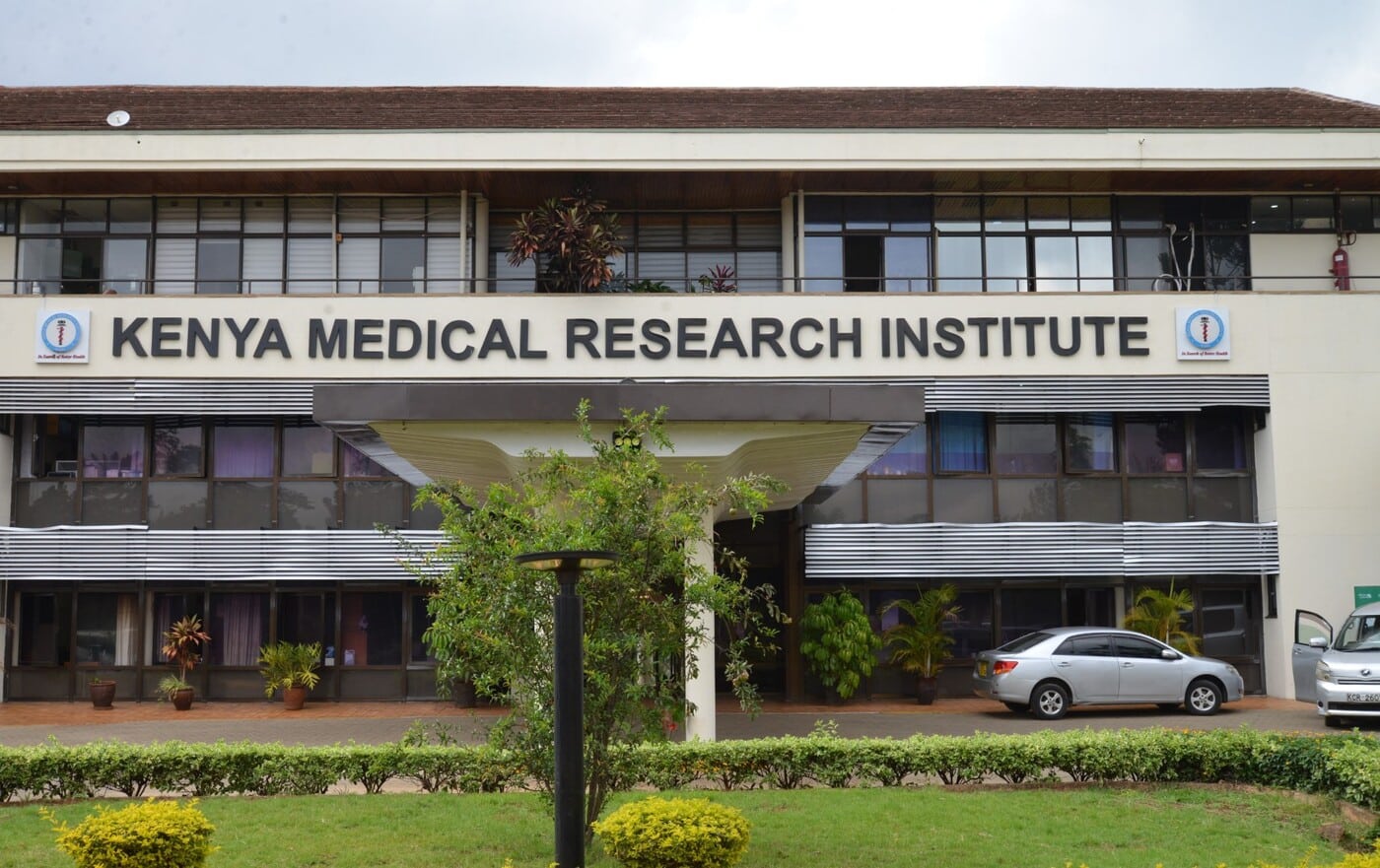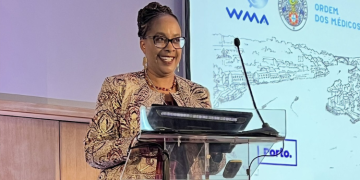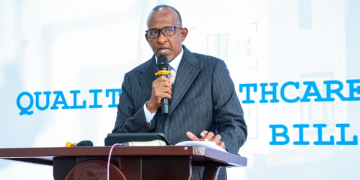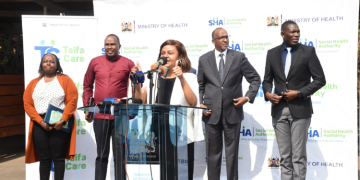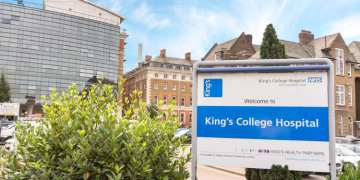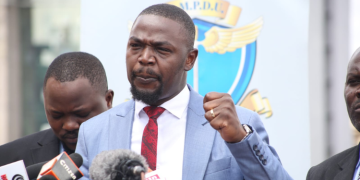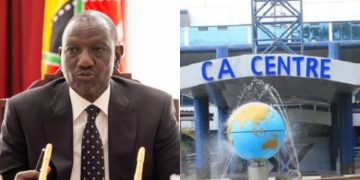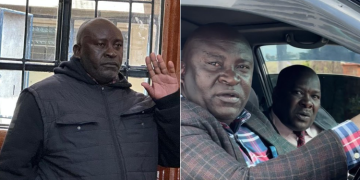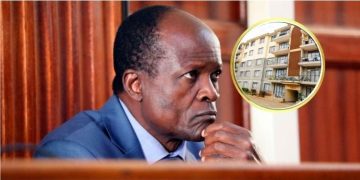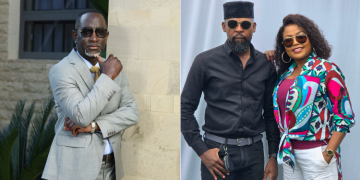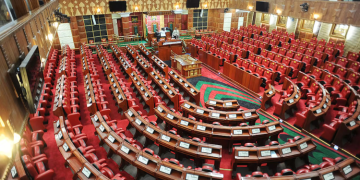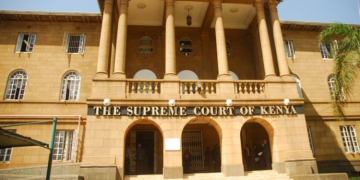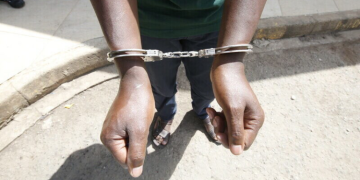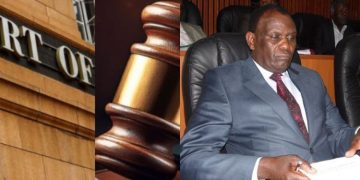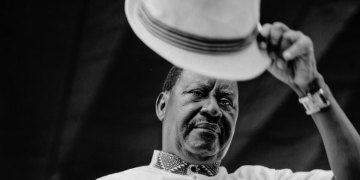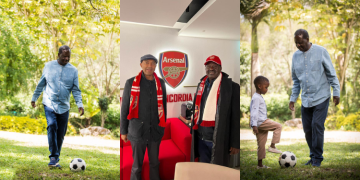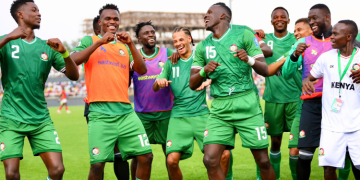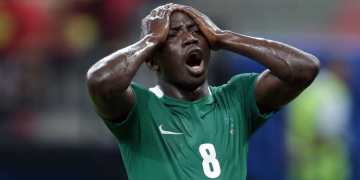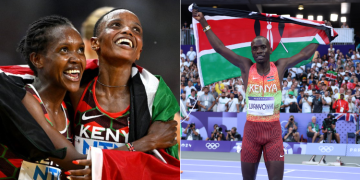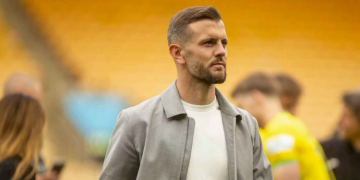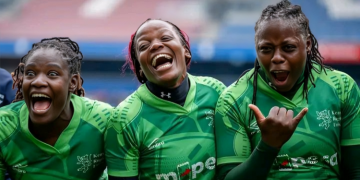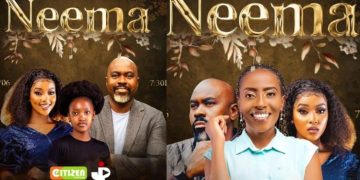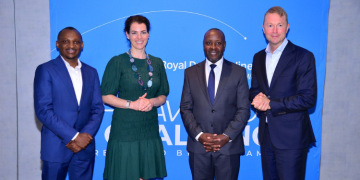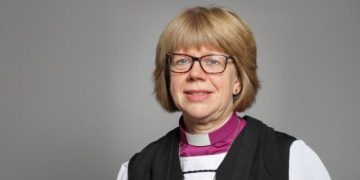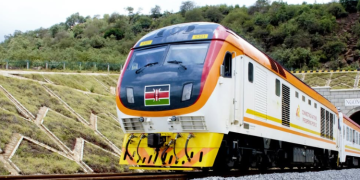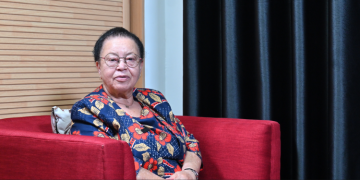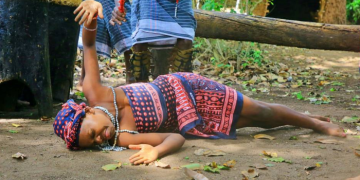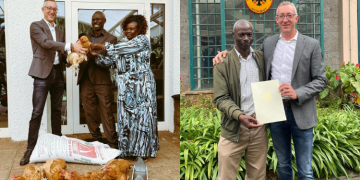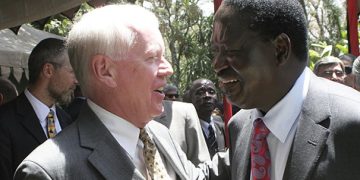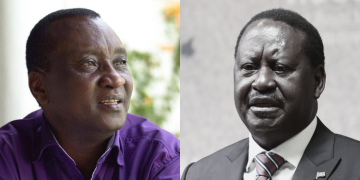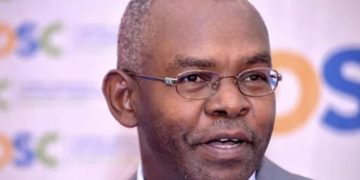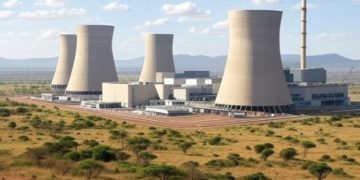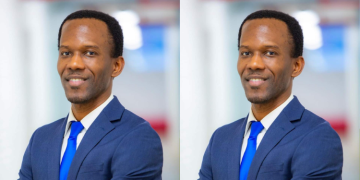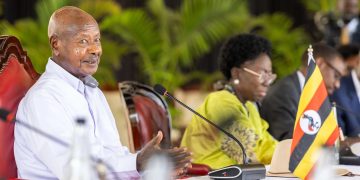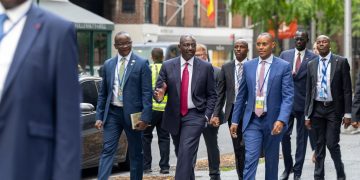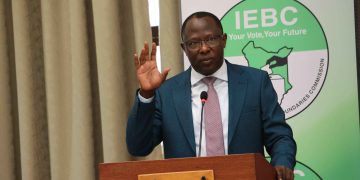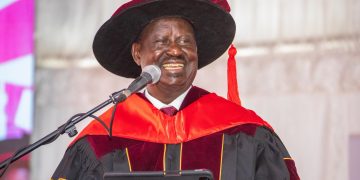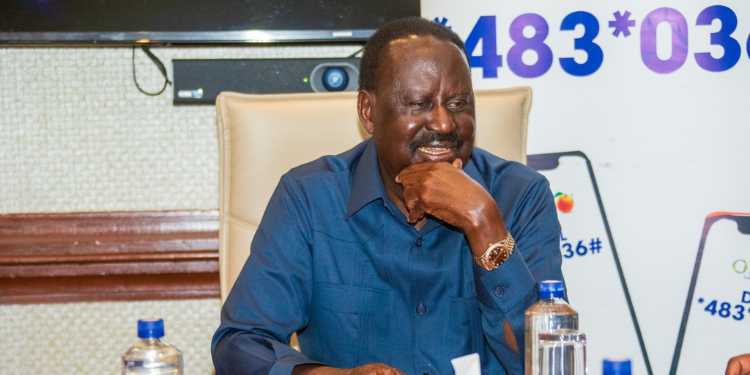Former Prime Minister Raila Odinga passed away in India on the morning of Wednesday, October 15, 2025. The ODM leader died at the age of 80 after suffering cardiac arrest during a morning walk. He was pronounced dead at the nearby Devamatha Hospital around 7:22 a.m.
President William Ruto declared seven days of national mourning beginning October 15, and announced that Odinga would be accorded a state funeral. Ruto described him as “the father of our democracy” and a “once-in-a-generation leader” whose ideals transcended politics, citing the milestones achieved by the long-serving politician.
These milestones anchor Raila Odinga’s enduring legacy, highlighting the central role he played in shaping Kenya’s democratic journey.
-
Raila, the Architect of the Second Liberation
Raila Odinga is celebrated as one of the main players behind Kenya’s Second Liberation, the movement that ended the KANU one-party regime presided over by President Daniel arap Moi, who ruled for 24 years.
During Moi’s regime, Raila spent nearly nine years in detention without trial following the 1982 attempted coup. Despite persecution and imprisonment, he remained steadfast in his pursuit of democracy and the promotion of multiparty politics.
Even after his release, Odinga continued to agitate for multi-party politics, joining his father, Jaramogi Oginga Odinga, in forming the Forum for the Restoration of Democracy (FORD) in 1991. FORD became the umbrella movement that spearheaded the push for the return of multiparty democracy.
Also Read: Full List of Raila Odinga’s Siblings; Alive and Dead
Other reformists who worked alongside Raila included Kenneth Matiba, Charles Rubia, James Orengo, Paul Muite, Kiraitu Murungi, and Gitobu Imanyara, whose activism and legal expertise helped dismantle the oppressive political order.
Their collective efforts bore fruit when President Moi repealed Section 2A of the Constitution, effectively restoring multiparty democracy in 1991.
In 2002, as Moi’s tenure came to an end. Raila, once again, played a crucial role in uniting opposition leaders under the National Rainbow Coalition (NARC), whose victory marked the end of KANU’s 26-year rule and ushered in President Mwai Kibaki’s administration.
-
Champion of Constitutional Reforms
Raila Odinga will also be remembered for his relentless push for constitutional reform. After NARC’s victory in 2002, he, alongside President Mwai Kibaki, advanced the review process initiated under President Moi through the Constitution of Kenya Review Commission (CKRC), chaired by Prof. Yash Pal Ghai.
The process led to the Bomas Draft Constitution of 2004, which sought to introduce devolution, checks on executive power, and equitable representation.
However, disagreements between Kibaki and Raila’s factions led to the 2005 constitutional referendum, where the draft was rejected, causing a major rift between the two leaders.
Following the 2007–2008 post-election crisis, Raila and Kibaki renewed their commitment to constitutional reform under the National Accord and Reconciliation process mediated by Kofi Annan. This culminated in the promulgation of the 2010 Constitution, which introduced Kenya’s devolved system of government, one of Raila’s most enduring legacies.
-
Putting the Nation First
Raila Odinga’s patriotism was most evident during moments of national crisis. After the disputed 2007 election and the ensuing violence, he agreed to form a Grand Coalition Government with President Mwai Kibaki, despite pressure from his supporters who insisted that he had won the election.
As Prime Minister, Odinga worked alongside Kibaki to restore stability and rebuild the nation. Together, they appointed a negotiation team — including William Ruto, Musalia Mudavadi, James Orengo, Martha Karua, Sally Kosgei, and the late Mutula Kilonzo — to work with international mediators led by former UN Secretary-General Kofi Annan.
Years later, in March 2018, Raila once again demonstrated political maturity by “shaking hands” with then-President Uhuru Kenyatta after the contentious 2017 elections — an act that symbolized reconciliation and national unity. In 2025, he further extended this spirit by joining hands with President William Ruto to form a broad-based government following widespread Gen Z protests in 2024.
-
Champion of Electoral Reforms
Raila Odinga’s persistent challenges to presidential election results through court petitions significantly shaped Kenya’s electoral reforms.
After the 2013 Supreme Court petition, reforms were introduced to improve the transparency and reliability of electronic voter identification and results transmission systems, as well as the professional conduct of IEBC officials.
The 2017 presidential petition, which resulted in the historic annulment of the election, marked a turning point in Kenya’s electoral history. The Supreme Court’s decision reinforced judicial independence and compelled the IEBC to adopt measures that enhanced transparency and accountability.
Reforms introduced included mandatory publication and verification of election results at polling stations, open tallying procedures, and strengthened judicial oversight in electoral disputes. These measures restored public confidence in the electoral process and underscored Raila’s pivotal role in democratizing Kenya’s elections.
-
Visionary in Infrastructure Development
Raila Odinga will also be remembered for his contribution to Kenya’s infrastructure.
As Minister for Roads, Public Works, and Housing from 2003 to 2005, he oversaw several projects that modernized Kenya’s transport network.
He championed the expansion and rehabilitation of key highways, including the Nairobi–Mombasa, Nairobi–Nakuru–Eldoret, and Kisumu–Busia roads, which boosted trade and regional integration.
Also Read: Raila Odinga’s Burial: Luo Traditions to Expect and How Jaramogi Oginga was Buried
Raila also played a key role in the early planning and conceptualization of the LAPSSET Corridor, the Lamu Port–South Sudan–Ethiopia Transport Project, a flagship Vision 2030 initiative aimed at linking Kenya to its neighbors and expanding economic growth.
In addition, he led bold efforts to reclaim public land and spaces that had been illegally occupied, restoring public confidence in the rule of law and government accountability.
Raila Odinga’s legacy is one of visionary leadership anchored in democracy, justice, and unity—an enduring example for those shaping Kenya’s future.
Follow our WhatsApp Channel and X Account for real-time news updates.
